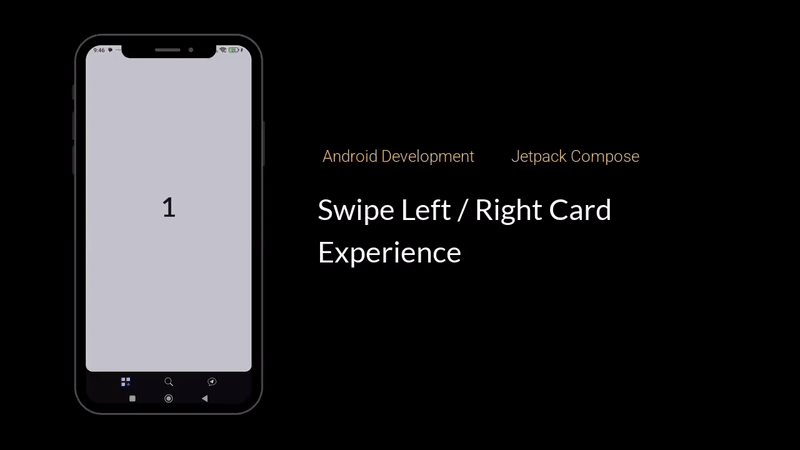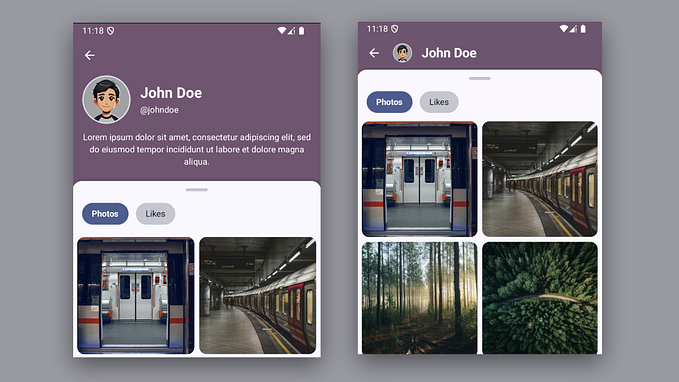Android for Everyone: Part 1 — Android & Accessibility

Part 1 — Android & Accessibility
Part 2 — Designing Your Android App for Accessibility
This article series is for developers and designers interested in learning more about accessibility, particularly related to the Android platform.
There are many misconceptions about accessibility, so the first article aims to clarify what accessibility is and which services the Android platform provides to make Android a platform for everyone.
The second article seeks to explain the fundamental design principles for designers to make their work more accessible to a broader audience. It also aims to educate developers on a few simple implementation details to consider when coding their Android apps. Finally, it will introduce several tools and techniques that will assist in testing the accessibility of apps.
What is accessibility?
Unfortunately, there are many misconceptions around accessibility. Accessibility is often synonymous with enabling people with permanent disabilities to access technology, yet accessibility has a much broader scope. Accessibility includes those who have been temporarily or situationally impaired, for example, a person who has broken an arm or is driving. Age-related conditions also fall within the scope of accessibility.
What kind of disabilities are there?
The Accessibility Project classifies disabilities into four categories: visual, auditory, motor and cognitive. Other accessibility sources have also included additional types such as neurological and speech.
Visual impairments include those with no, limited, or obstructed vision and include conditions such as myopia, colour blindness and glaucoma. People with these disabilities use screen readers, screen magnifiers, or adjust their operating system settings to read.
Hearing impairments include those with no or limited hearing or those that have difficulty processing audio information. People with these disabilities rely on visual content and captions for audio.
Motor impairments include conditions such as RSI, cerebral palsy, Parkinson’s, and muscular dystrophy. People with these disabilities rely on devices such as alternative keyboards, eye-trackers, or a device such as a switch. A switch consists of two buttons, one for navigation and another for selection.
Cognitive impairments include conditions such as Down’s syndrome, autism, global development delay, and dyslexia. People with these disabilities rely on easy-to-process information.
Neurological impairments include conditions where flashing or moving visuals can trigger seizures. People with these disabilities often make use of device settings to reduce the displayed motion.
Speech impairments include conditions such as the inability to express and understand language (aphasia), slurred or choppy speech (dysarthria), or a hoarse, airy or tight voice (spasmodic dysphonia). People with these disabilities use text-to-speech software with a variety of input methods. The late Professor Stephen Hawking used a muscle in his cheek to control a highly-specialised computer to conduct interviews and write.
I want to propose another category- mental illness. Mental illnesses include conditions like depression, anxiety, bipolar affective disorder, psychoses, and dementia. It is easy to dismiss mental illness either as too specialised to practically take into consideration, or not debilitating enough to warrant special attention. In this article series, I will be making a few suggestions on how to accommodate people with these kinds of disabilities.
How does Android support those with disabilities?
The wide variety of devices and software available to those with disabilities on the Android platform is impressive.
For those with visual disabilities, Android provides a myriad of options:
- A screen-reader, TalkBack
- Lookout uses computer vision to recognise and communicate objects and text of interest in the environment
- BrailleBack allows reading Braille using a refreshable Braille display, and navigation and typing using a Braille keyboard
- An easily-accessed screen magnifier tool
- Settings to change the text and display size, and text contrast
- A colour correction setting to compensate for the various forms of colour blindness
For those with hearing disabilities, Android provides several tools:
- Live Captioning that captions media
- Live Transcribe for captures speech and sound and transcribes it to text
- Sound Amplifier gives control over sounds in the environment
For those with motor disabilities, Android provides integrations and tools:
- Switch integration to allow simplified navigation and selection
- Voice Access to control the device with spoken commands
For those with speech disabilities, Android provides a few options:
- A text-to-speech tool
- Real-time text (RTT) with calls
During my research, I was not able to find any tools on the Android platform for reducing motion and flashing.
Sadly, the Android platform does not yet cater to people with cognitive disabilities and mental illnesses. Perhaps, with the rise in machine learning, the platform might someday provide assistive text and media to make information easier-to-process for those with cognitive disabilities. At the moment, the platform is effectively delegating the needs of those with cognitive disabilities and mental illnesses to app designers and developers. All too often, this falls by the wayside.
To recap, accessibility includes both temporal, situational, and age-related impairments. Disabilities can be categorised into impairments like visual, hearing, motor, cognitive, neurological, and speech, and I have added another category- mental illness. Android provides many services to aid those with different kinds of impairments.
In the next article, I will be exploring how designers can make their apps more accessible by explaining a few design principles related to accessibility. I will also show developers a few neat tricks to make their apps more accessible. Keep reading!
References:
https://a11yproject.com/posts/myth-accessibility-is-blind-people/










